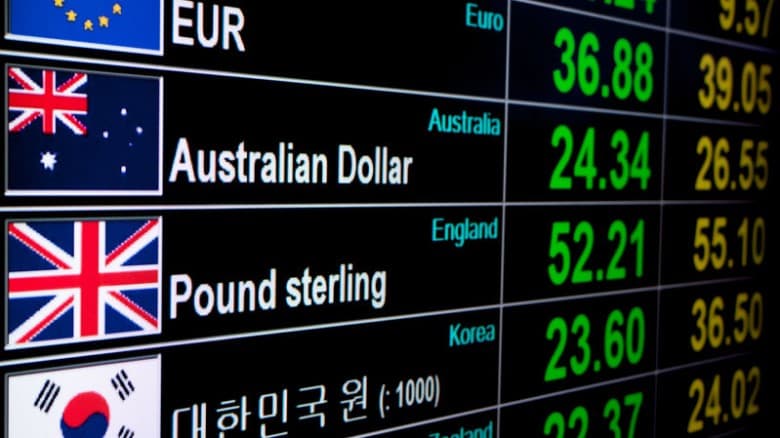If you are familiar with the fact that margin trading is highly sensitive to price movements, you should be very interested in knowing about leveraged foreign exchange dealers’ (banks or brokerages) pricing methods and their handling of your placed orders.
In leveraged forex, a basis point gain or loss in the trading price is enough to alter the return. Leveraged forex is traded over-the-counter, which is a contract agreed between you and your dealer, while the transaction price is determined by the dealer, or after negotiation between the two parties. Each leveraged foreign exchange dealer will have different pricing methods. As foreign exchange dealers, they will naturally highlight how they provide favourable quotations and order execution methods to clients. However, we have to make careful comparisons as to which service provider offers services to your benefits. Apart from being aware of how their quotes are devised and what market data is used as benchmark, we should also pay attention to the following:
Business model
Generally, leveraged foreign exchange dealers adopt one of these two business models: Straight-through processing, in which the dealer hedges against the client’s transaction on a back-to-back basis; in a market maker model, the dealer plays the role of client’s counterparty and takes positions against its clients.
In the straight-through processing model, there is little conflict of interests between the dealer and client. On the contrary, within the market maker model, a dealer may benefit from the client’s losses, so there may be a conflict of interest. Investors can ask the dealer about the business model being adopted, and check whether the client agreement indicates that the dealer will take opposite positions to client orders.
Handling of Slippage
‘Slippage’ refers to the difference between the indicated price of a placing order and the final transaction price. Slippage is very common in leveraged foreign exchange transactions. It can be caused by market fluctuations and is not necessarily related to the dealers.
Slippage can be positive or negative. Positive slippage refers to a favourable price difference, while negative slippage refers to an unfavourable one. It is therefore a good idea to pay attention to how dealers deal with slippage, especially negative slippage. Some preferable practices include letting customers set the highest acceptable amount of negative slippage, and ensuring that the transaction instruction will not be executed if the price fluctuation exceeds the amount.
Spread
The quoted price of a leveraged foreign exchange transaction is bidirectional; that is, the dealer will report the bid and ask prices at the same time. During the transaction, when the extent to which the price moves towards the favourable price is greater than that of the spread, a profit is made. Therefore, the narrower the spread, the better. By looking at the margin trading dealers’ bid-ask spreads, we can see whether fixed or floating spreads are in place.
Of course, besides learning how leveraged foreign exchange dealers quote and process clients’ orders, we also need to understand other trading terms, such as margin levels and margin call policies. Most importantly, you are strongly advised to choose a licensed dealer.






